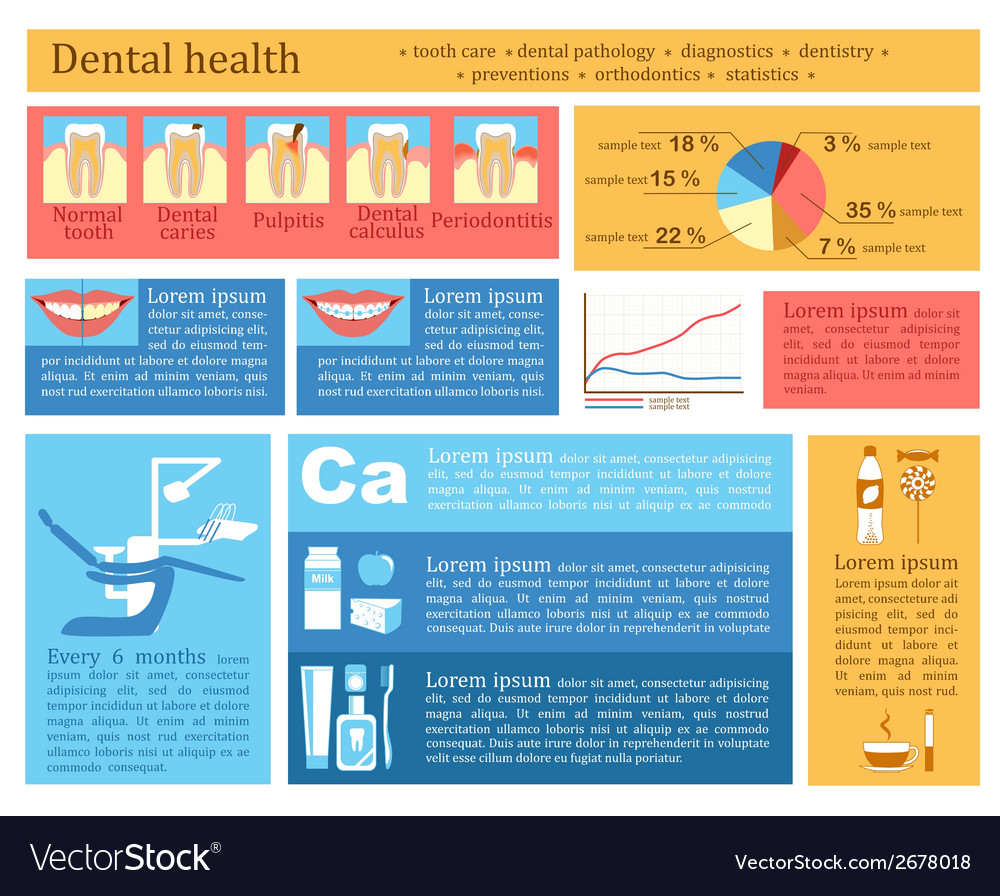Discover The Groundbreaking Innovations Changing Oral Surgery. Discover The Future Of The Field And Remain Successful. Click Now For A Peek Into Tomorrow!
Discover The Groundbreaking Innovations Changing Oral Surgery. Discover The Future Of The Field And Remain Successful. Click Now For A Peek Into Tomorrow!
Blog Article
Write-Up Author-Demir Guerra
Invite to the globe of oral surgery, where technologies and breakthroughs are shaping the future of the area! In this exciting world, you'll witness the transformative power of robotics, the sophisticated wonder of 3D printing, and the game-changing impact of minimally intrusive techniques.
The future of oral surgery holds an assurance of accuracy, performance, and enhanced client outcomes. With the help of sophisticated robotics, specialists have the ability to perform complex procedures with higher precision and control.
3D printing technology is changing the creation of dental implants and prosthetics, using tailored solutions that fit perfectly right into each client's one-of-a-kind composition.
Furthermore, minimally intrusive methods are reducing post-operative pain and recovery time, enabling people to return to their daily lives earlier.
Prepare yourself to discover the amazing advancements and breakthroughs that are improving the landscape of oral surgery!
Developments in Robotics
One significant improvement in oral surgery is the use of robotic modern technology, which permits exact and effective surgical procedures. With the help of robotic systems, oral doctors have the ability to perform complicated surgeries with improved precision, minimizing the danger of human error.
These robotic systems are equipped with innovative imaging modern technology and accurate tools that allow cosmetic surgeons to navigate with elaborate physiological frameworks easily. By utilizing robot modern technology, specialists can accomplish greater surgical accuracy, leading to improved client results and faster recuperation times.
In addition, using robotics in dental surgery enables minimally invasive procedures, lowering the trauma to bordering tissues and advertising faster healing.
3D Printing in Dental Surgery
To boost the field of oral surgery, you can explore the subtopic of 3D printing in oral surgery. country bonding -edge technology has the potential to transform the way oral surgeons operate and deal with clients. simply click the following page are four crucial methods which 3D printing is forming the area:
- ** Personalized Surgical Guides **: 3D printing enables the development of extremely exact and patient-specific surgical overviews, improving the precision and efficiency of procedures.
- ** Implant Prosthetics **: With 3D printing, oral surgeons can create customized implant prosthetics that perfectly fit an individual's one-of-a-kind anatomy, causing better results and client satisfaction.
- ** Bone Grafting **: 3D printing enables the manufacturing of patient-specific bone grafts, reducing the demand for traditional implanting techniques and improving recovery and recuperation time.
- ** Education and learning and Educating **: 3D printing can be made use of to create reasonable medical designs for educational functions, permitting dental doctors to exercise complicated procedures before doing them on clients.
With its prospective to enhance precision, personalization, and training, 3D printing is an interesting growth in the field of oral surgery.
Minimally Intrusive Techniques
To additionally progress the field of dental surgery, welcome the capacity of minimally invasive techniques that can considerably benefit both specialists and clients alike.
Minimally invasive strategies are transforming the area by lowering medical injury, reducing post-operative pain, and increasing the recuperation process. These methods include using smaller sized lacerations and specialized tools to carry out procedures with precision and performance.
By using advanced click here now , such as cone beam of light computed tomography (CBCT), doctors can precisely plan and execute surgical treatments with very little invasiveness.
Additionally, using lasers in oral surgery enables specific cells cutting and coagulation, leading to reduced bleeding and lowered healing time.
With minimally intrusive strategies, people can experience faster recuperation, minimized scarring, and enhanced outcomes, making it an important element of the future of dental surgery.
orthodontist near me for braces , as you can see, the future of oral surgery is extremely promising, with amazing innovations and developments shaping the area.
From the advancements in robotics to using 3D printing and minimally intrusive methods, oral doctors are changing the way they provide treatment.
While some may fret about the possible cost connected with these improvements, it's important to bear in mind that these modern technologies inevitably enhance person results and reduce recovery time, making them well worth the financial investment in the long run.
